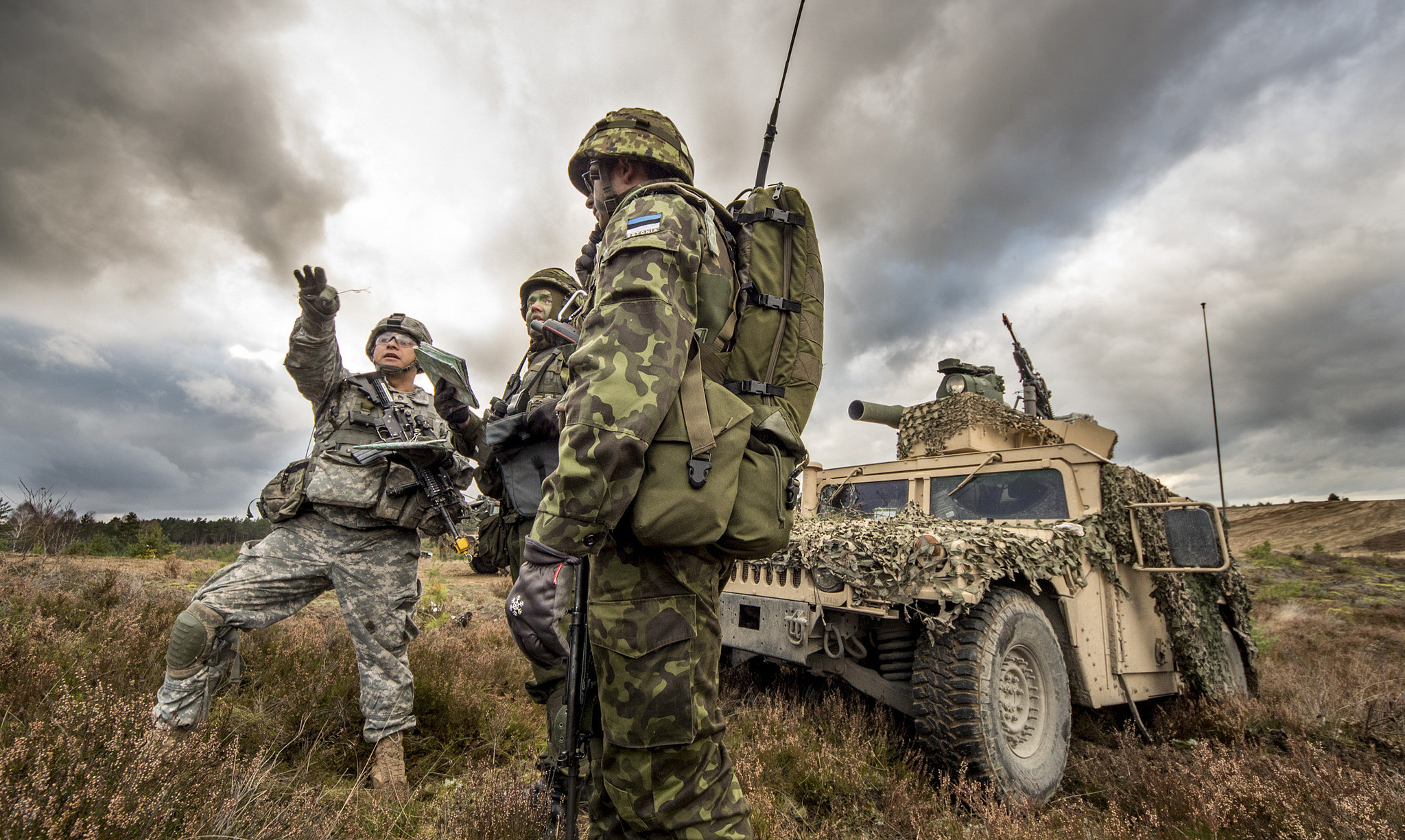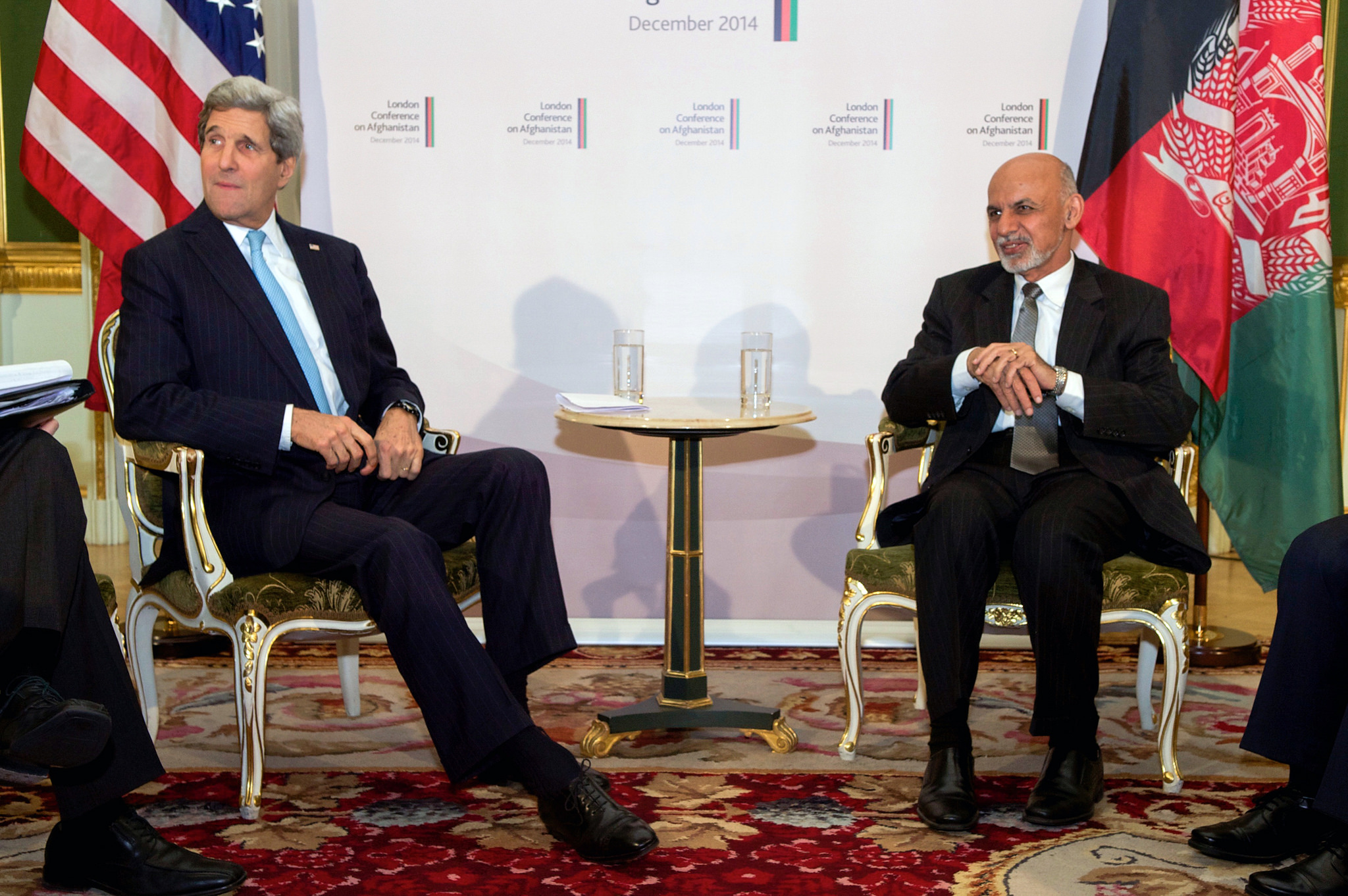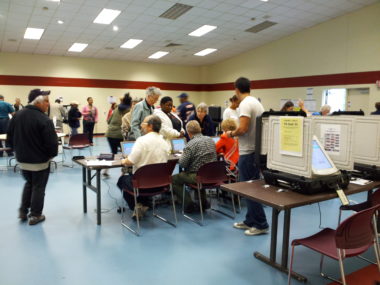A week ago, Donald Trump told the Times of London the North American Treaty Organization (NATO) was “obsolete.” At the same time, he claimed “NATO is very important to me.”
When the new president meets with British Prime Minister Theresa May on Friday, May will no doubt push for some clarity on these comments, which have left Americans and Europeans alike confused. Beyond any public reassurances that may emerge, here are three things to watch for in the coming months, as a gauge of the new Trump administration’s stance on the 68-year-old alliance:
1) Key Pentagon appointments — On Jan. 20, newly confirmed Secretary of Defense James Mattis released a letter stating his commitment “to strengthen our alliances.” During his confirmation hearing, Mattis pledged to “maintain the strongest possible relationship with NATO.”
With Mattis’s position clear, the question now is who will oversee the new administration’s NATO policy on a day-to-day basis. Typically, it’s the assistant secretary of defense (ASD) for international security affairs — a post that international relations experts such as Paul H. Nitze and Joseph S. Nye have held in the past.
The ASD for international security affairs supervises, among others, the deputy assistant secretary of defense for European and NATO policy — and serves on NATO’s Nuclear Planning Group (NPG), the body responsible for managing Alliance nuclear policy.
During the last presidential transition, less than a month transpired between the Obama White House’s nomination of Alexander R. Vershbow to this post on March 12, 2009, and Vershbow’s Senate confirmation. As several commentators have noted, however, the new administration’s national security staffing is off to a slow start.
Mattis and the transition team are reportedly at odds over personnel decisions, leaving it unclear who will be tapped for the ASD job. Will the new ASD be an “old hand” in transatlantic affairs or a NATO-skeptic? The answer should give us a clearer view of the kind of policies the new administration will pursue.
2) The 2017 NATO Brussels Summit — NATO heads of state will convene in the summer for a major summit meeting in Belgium, as announced by NATO Secretary General Jens Stoltenberg at the last major gathering of NATO leaders in Warsaw in July 2016.
NATO leaders have gathered for just 26 summit meetings since the organization’s founding in 1949. During the Cold War, such high-level meetings were rare.
Since the end of the Cold War, however, the gatherings have become more regular. From 1990 to 2015, there were 18 summits; 10 of these came after Sept. 11, 2001, as the Alliance turned its focus to countering terrorism in Afghanistan and elsewhere.
These summits are important “milestones” in NATO’s evolution. Summit agendas tend to focus on items of major political and strategic significance such as the accession of new members. At the 1997 Madrid Summit, for instance, NATO members decided to invite Poland, Hungary and the Czech Republic to join the Alliance.
At the 2014 Summit in Wales, NATO leaders reaffirmed their commitment to the collective defense norm by approving the Readiness Action Plan (RAP), a program intended to enhance the Alliance’s deterrence and defense posture in Central and Eastern Europe, directed against possible Russian aggression.
This summer’s NATO Summit will mark not only the first of the Trump era it will also be the first summit to take place at the new NATO Headquarters in Brussels. As with the last two summits, Russia is likely to occupy a major part of the agenda. Will President Trump attend? And if he does, what kind of reception will he receive?
3) Funding for the European Reassurance Initiative (ERI) — In response to Russia’s annexation of Crimea, the Obama administration unveiled several programs to reassure our European allies and partners. In June 2014, the White House asked Congress for up to $1 billion to fund the European Reassurance Initiative (ERI), a measure to bolster support for NATO allies.
Originally intended as a one-year emergency response measure, ERI got a fourfold increase in funding for FY2017 (which runs from October 1, 2016, until September 30, 2017). Although the new administration has gone on record calling for an increase in defense spending, we still don’t know whether programs like the ERI will make the cut (no details appear on the White House’s Fiscal Year 2017 Budget Overview website).
The Obama White House also laid the groundwork for a military buildup in Eastern Europe, called Operation ATLANTIC RESOLVE (OAR). At the July 2016 NATO Summit in Warsaw, leaders announced the formation of four multinational battalions (the “Enhanced Forward Presence”) to be stationed in Estonia, Latvia, Lithuania and Poland beginning in early 2017. Elements belonging to the four multinational battalions have already begun deploying — the biggest NATO buildup in Europe since the 1980s.
National rotations are expected to last between six to nine months on a staggered basis, to ensure a continued presence. In Estonia, 800 British troops will be joined later this year by several hundred more from France and Denmark. The United Kingdom and Romania are also contributing to the US-led battalion stationed in Poland. Canada and Germany will lead the remaining two multinational battalions in Latvia and Lithuania, with additional troops coming from Albania, Italy, Poland, Slovenia, Belgium, Croatia, Luxembourg, Norway and the Netherlands.
The US 3rd Armored Brigade Combat Team, 4th Infantry Division based out of Fort Carson, Colo., began arriving in Poland earlier this month. The Obama administration intended the US deployment “to be a continual, year-round presence of an armored brigade in Europe.” Will the Trump administration stick with this plan, or will it seek to change it? And if it does look to change US commitments of funding and personnel in Eastern Europe, will other NATO members follow suit?
For now, one thing is certain: Europe will be watching Washington closely on each of these fronts in the coming months.
Sara Bjerg Moller is an Assistant Professor in the School of Diplomacy and International Relations at Seton Hall University and a regular contributor at PV@Glance.
*This piece originally appeared on the Monkey Cage.








2 comments
Obama was demanding that other NATO countries contribute more dollars. Most of the NATO member nations are currently dealing with big downturns in their economies. It would mean leaving more of the population without social assistance and health care to bolster up the military industry. Another consideration is the number of elections happening around Europe this year. The US sanctions on Russia backfired and cost the Europeans an estimated 60 billions plus dollars in trade. It will be an interesting year as most of those running for office are in favor of renewed trade with Russia. There are numerous other actions that require attention in Europe other than those that require billions in spending for the military.